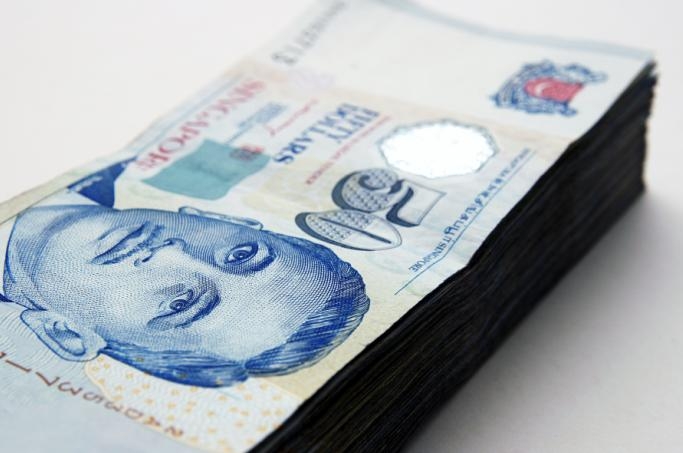
Currency Briefing - what you need to know for Thurs May 10, 2012
The Singapore dollar is trading at $1.2520 against the US dollar as it slips back across the $1.25 threshold.
IG Markets Singapore said:
The Singapore dollar is holding steady against the greenback even though traders are still on high alert from the tense Greek political drama being played out in Europe.
Investor confidence has taken a huge dent this week after French and Greek election results reignited fears of a eurozone meltdown.
Investor funds have been flowing strongly into the US dollar and yen. Gold is not being viewed as a safe haven so even more cash is ending up in safe currencies.
The local currency trades at $1.2520 against the US dollar as it slips back across the $1.25 threshold. But it is showing resilience in the face of so much turmoil and negative feeling towards risk assets, and Asian currencies.
The Singapore dollar this week hit a new 10-year high against the euro.
GFT meanwhile noted (for 9 May 2012 trading):
After four failed attempts over the past 3 months to close below 1.30, the EUR/USD finally did it. Continued concerns about Greece and renewed fears of funding problems for Spain drove the currency pair to its lowest levels in 3 months.
This is the eighth consecutive trading day that the euro has failed to rally against the U.S. dollar and when it broke below 1.2955, the selling pressure intensified quickly with the pair slipping to an intraday low of 1.2912. This psychologically significant level was once support and will now become resistance.
Although U.S. stocks ended the day off their lows, the EUR/USD did not enjoy the same intraday recovery as some of its counterparts. The problem is that the latest political developments have led European officials to become less tolerant of Greece.
Eurozone nations have decided to release only EUR4.2 billion of the EUR5.2 billion agreed financing for Greece. The remaining balance will be paid out in June depending on the country’s funding needs and their progress on implementing austerity measures.
RBS, on the other hand, reported (for 9 May 2012 trading):
Early headlines regarding the uncertainty of Greece's next aid disbursements favoured a stronger USD, with EUR/USD breaking to a session low of 1.2912 and AUD/USD and USD/CAD hitting 1.0021 and 1.0063, respectively.
The JPY also performed well, with USD/JPY and EUR/JPY session lows of 79.43 and 102.76, respectively. But as general risk-seeking sentiment and equities recovered following the headlines suggesting the aid would still be released (which in the end it was), the USD pared back some of its gains.
The upcoming Australian labour data is unlikely to change market participants' expectations for further easing by the RBA while the BoE and Norges Bank are not expected to change policy.
Should the releases develop as expected, currencies could again stay within relatively tight ranges, with any directional swings dependent on the next set of headlines out of Europe. But we still think any large break to the downside for the EUR will likely result from future ECB policy, rather than the aftermath of the elections and resulting discussions of the viability of the EUR.
























 Advertise
Advertise






